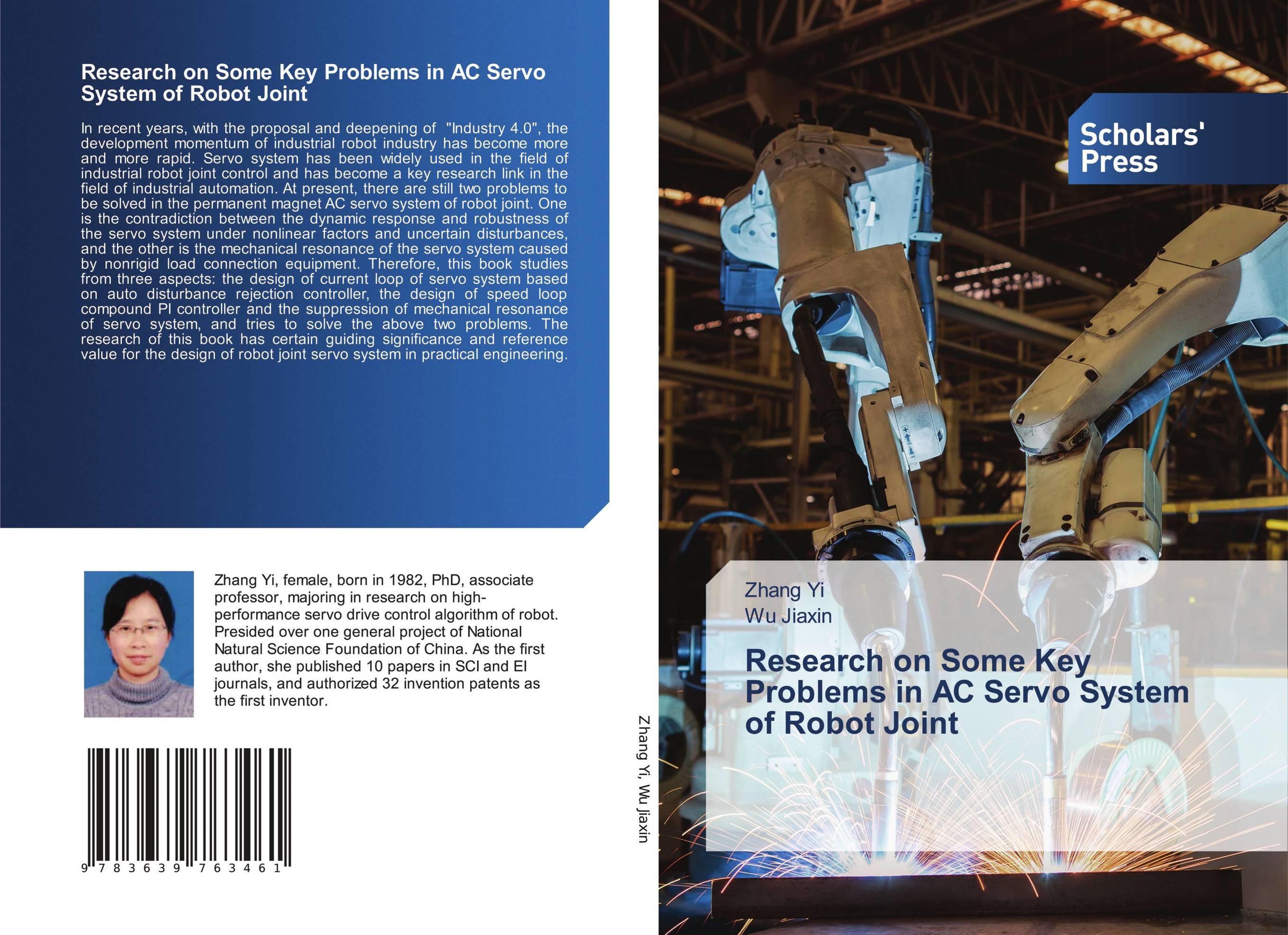| Поиск по каталогу |
|
(строгое соответствие)
|
- Профессиональная
- Научно-популярная
- Художественная
- Публицистика
- Детская
- Искусство
- Хобби, семья, дом
- Спорт
- Путеводители
- Блокноты, тетради, открытки
Research on Some Key Problems in AC Servo System of Robot Joint.

В наличии
| Местонахождение: Алматы | Состояние экземпляра: новый |

Бумажная
версия
версия
Автор: Zhang Yi and Wu Jiaxin
ISBN: 9783639763461
Год издания: 1905
Формат книги: 60×90/16 (145×215 мм)
Количество страниц: 116
Издательство: Scholars' Press
Цена: 34878 тг
Положить в корзину
| Способы доставки в город Алматы * комплектация (срок до отгрузки) не более 2 рабочих дней |
| Самовывоз из города Алматы (пункты самовывоза партнёра CDEK) |
| Курьерская доставка CDEK из города Москва |
| Доставка Почтой России из города Москва |
Аннотация: In recent years, with the proposal and deepening of "Industry 4.0", the development momentum of industrial robot industry has become more and more rapid. Servo system has been widely used in the field of industrial robot joint control and has become a key research link in the field of industrial automation. At present, there are still two problems to be solved in the permanent magnet AC servo system of robot joint. One is the contradiction between the dynamic response and robustness of the servo system under nonlinear factors and uncertain disturbances, and the other is the mechanical resonance of the servo system caused by nonrigid load connection equipment. Therefore, this book studies from three aspects: the design of current loop of servo system based on auto disturbance rejection controller, the design of speed loop compound PI controller and the suppression of mechanical resonance of servo system, and tries to solve the above two problems. The research of this book has certain guiding significance and reference value for the design of robot joint servo system in practical engineering.
Ключевые слова: AC servo system, Active disturbance rejection controller (ADRC), Compound PI controller, Notch filter, Mechanical resonance suppression



